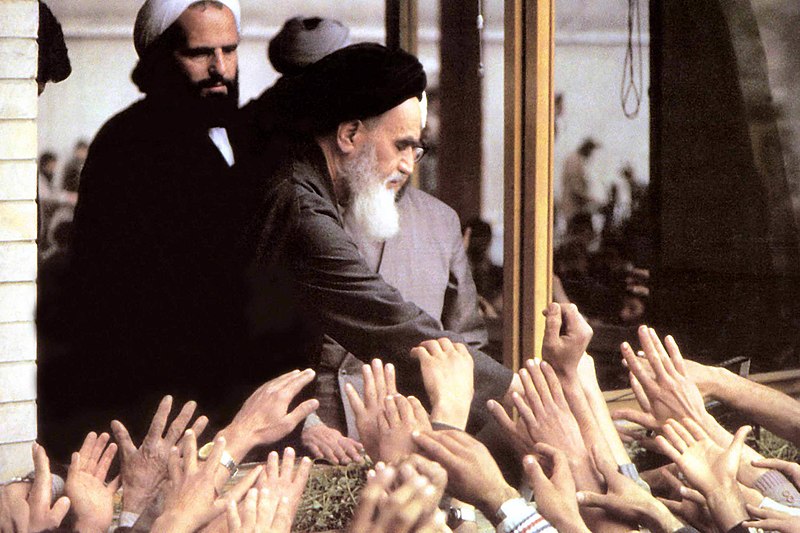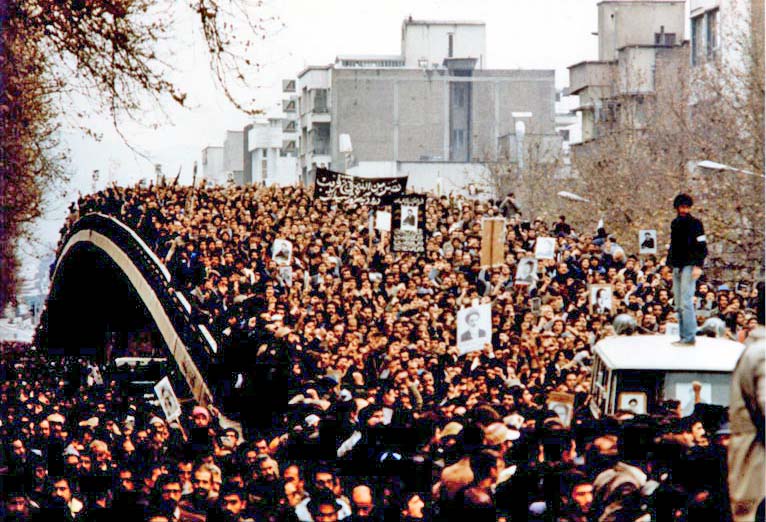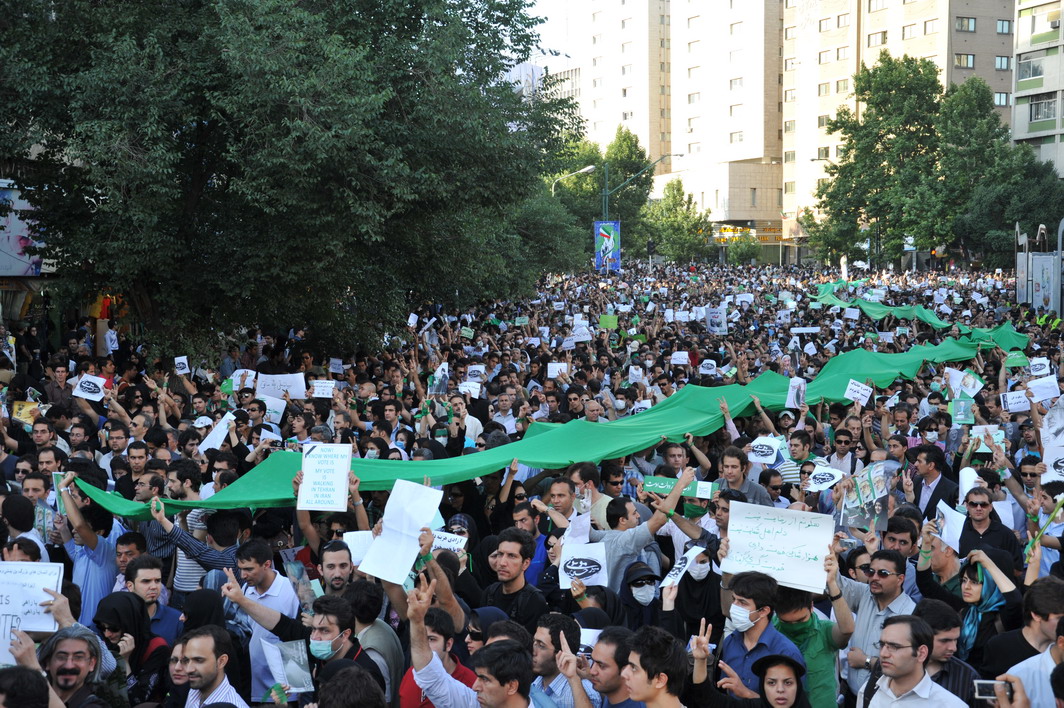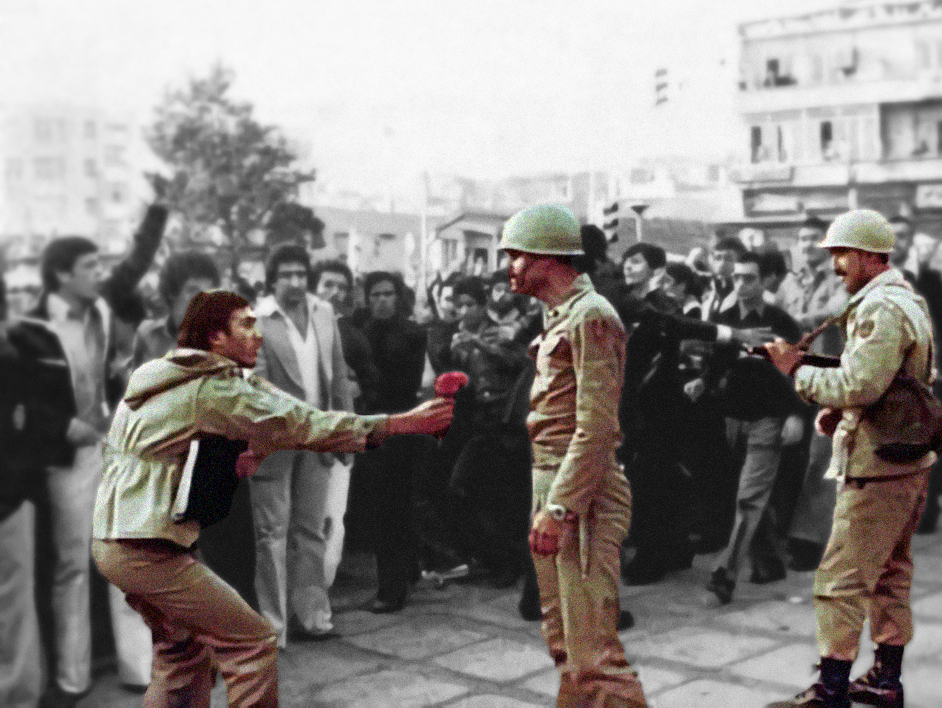The movement of Iranian revolutionary youth – which began with the murder of Mahsa Amini on 16 September by the regime – has spread to broader layers of the masses, including important sections of workers. The task is now posed of overthrowing the Islamic Republic and the decrepit capitalist system upon which it stands. But to lead the Iranian Revolution to victory, the advanced guard of Iranian workers and youth must absorb the lessons of the past – of Iran’s rich revolutionary history. To that end, the editorial board of In Defence of Marxism would like to bring to our readers’ attention articles that we believe excellently condense the lessons of this history.
Thirty years since the Iranian Revolution (2009) – by Fred Weston
In this article, written in 2009 on the 30th anniversary of the 1979 revolution, Fred Weston (a member of the marxist.com editorial board) gives a concise overview of the revolution of 1979, the role of the working class, the counter-revolutionary role of the Ayatollahs and the mistakes of the left.
The Iranian Revolution (1979) – by Ted Grant
This article was written by Ted Grant (founding member of the IMT) in 1979, in the midst of the Iranian Revolution. Part one was written in the week following the return of Ayatollah Khomeini on 1 February 1979.
 Written in the week following the return of Ayatollah Khomeini in 1979, this article by Ted Grant explains the processes behind the revolution / Image: پایگاه اطلاعرسانی تبیان
Written in the week following the return of Ayatollah Khomeini in 1979, this article by Ted Grant explains the processes behind the revolution / Image: پایگاه اطلاعرسانی تبیان
In it, Ted explains the processes that had been developing under the Shah’s regime in the decades prior that led to revolution, and the dynamics of the revolution up to that point. Part two was written a couple of weeks later, after the fall of the Bakhtiar government, the last government of the Pahlavi monarchy, on 11 February 1979, and it discusses the prospects opening up for the revolution after the Shah’s downfall.
The historical origins of the Iranian Revolution and the tasks of the Revolutionary Marxists (2010) – by Iranian comrades of the IMT
This long article was written in the wake of the Green Movement of 2009, when a mass movement erupted in Iran around the candidacy in the country’s elections of the so-called ‘Reformist’, Mousavi, for want of any other clear point of reference.
 In the wake of a mass movement in 2009, Iranian comrades of the IMT wrote an article tracing the rise of capitalism in the country and the roots of the 1979 revolution / Image: sajedir
In the wake of a mass movement in 2009, Iranian comrades of the IMT wrote an article tracing the rise of capitalism in the country and the roots of the 1979 revolution / Image: sajedir
In it, the comrades delve into the history of Iran, tracing the rise of capitalism in the country and the roots of the 1979 revolution, explaining its character and the role of the Tudeh Party (Communist Party), the clergy and other forces.
The article then goes on to the developments in the Islamic Republic since its consolidation, from the Iran-Iraq war and the development of the economy, to the reawakening of the revolutionary masses, starting with the first mass protests of students against the mullahs’ regime in 1999 to the rise of the Green Movement 10 years later.
Revolution and counter-revolution in Iran: a Marxist view (1983) – by HKS, the Iranian Socialist Workers Party
This document was produced in 1983 by the HKS, Iranian Socialist Workers’ Party, who had actively participated in the revolution. It provides an analysis of the overall process of the revolution.
Written in three parts, the first deals with the situation in Iran in 1983, and shows how all the ‘gains’ of the revolution had been rolled back by this point, exposing the hypocrisy of those on the left who justified their refusal to break with Khomeini by talking of the ‘gains’ of the revolution.
The second part deals with how and why the revolution had subsided by 1983, and how the counter-revolutionary forces around Khomeini had fortified their grip on power. The document identifies the failure of the left-wing parties in particular to provide a revolutionary strategy as a key factor. The third part dealt with the tasks then confronting the Marxists.
The First Shots of the Iranian Revolution (1999) – by Alan Woods
In 1999, 20 years after the 1979 revolution, the Islamic Republic witnessed the first outbreak of mass opposition protests following the ham-fisted attempt by the regime to crush students protesting for democratic rights. As in the early stages of all revolutionary reawakenings, it was the youth who were the first to move – in this case the students, who were not old enough to remember the dark days of demoralisation and counter-revolution.
Iran: how can the movement go forward? (2009) – by Alan Woods
In 2009, a revolutionary situation erupted in the midst of the elections between regime-approved candidates in which the incumbent hardliner Ahmadinejad faced the so-called ‘reformist’ Mousavi (himself a former Prime Minister during the bloody period of counter-revolution in the 1980s).
 In the midst of the elections between regime-approved candidates in 2009, a revolutionary mass movement adopting the colour green erupted onto the street /Image: Milad Avazbeigi 1
In the midst of the elections between regime-approved candidates in 2009, a revolutionary mass movement adopting the colour green erupted onto the street /Image: Milad Avazbeigi 1
With accusations of electoral fraud against Mousavi, a movement adopting the colour green – the colour of his campaign – erupted onto the street. In reality, Mousavi was an accidental figure. Thrust into the fore against his will, he was as afraid as any other regime figure of the Green Movement – a movement that crystallised around his campaign for want of any other point of reference.
Whilst the movement drew in mass support, without clear working-class organisation and a revolutionary programme, it was the petty bourgeoisie that came to predominate in the movement, and the liberal-reformists that rose to the leadership. They in turn were the main factor in strangling this movement in its cradle. (Also read: A new stage: a balance sheet of the present Iranian revolution by Hamid Alizadeh.)
Click here for more recent analysis, and to keep up to date with the revolutionary events in Iran.

